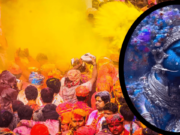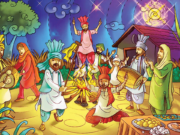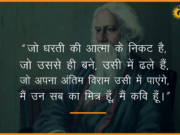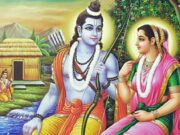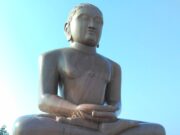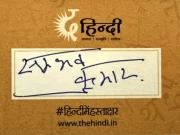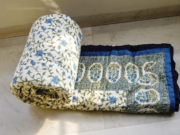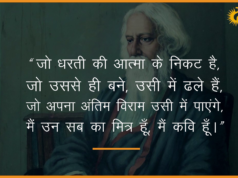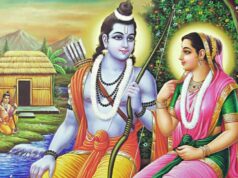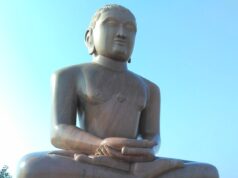India Personifies diversity and is full of contradictions. It is filled to the brim with unique cultures and identities. On one hand women are worshipped as personification of Goddesses, powerful and pure; on the other hand she is taboo and untouchable.
We bring to you one such contradiction that exists in the form of the celebrated holy shrine, Maa Kamakhya Temple.
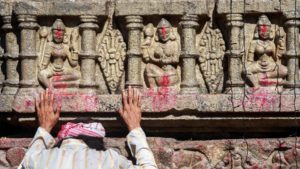
In India, the scenario of women is such, where, on their period they are kept separate from the kitchen, made to sleep in a separate hovel, are not allowed to go out and menstrual blood is considered impure and unholy. Everything they touch is said to rot.
Unlike most of the Goddesses in India, Maa Kamakhya bleeds. And what’s more remarkable is that her menstrual cycle is celebrated!
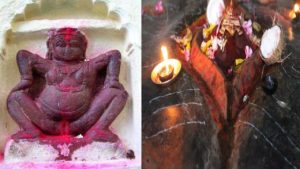
Legend says that the story of Kamakhya Temple begins with Shiva and Sati. Sati’s father, Daksha did not approve of Shiva, and despite not being invited, Sati went to the Yagna her father had organized. He was extremely displeased and publicly humiliated both Shiva and Sati after which Sati immolated herself in the fire. Enraged, Shiva went on a destructive Tandav holding the body of his beloved, threatening to demolish the world. Lord Vishnu, in order to calm him, cut off Sati’s body parts with his Chakra. 108 body parts fell in different places and are known as Shakti Peeths.
The Kamakhya Temple is formed where Sati’s Vulva and womb fell on the ground. The Yoni, made of stone is worshipped by millions of people every day. Extraordinarily the stone-cut Yoni collects water from the natural spring underneath.
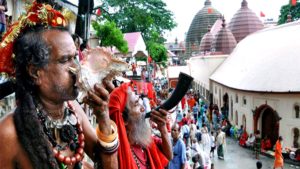
Ambubachi Mela, a grand celebration of her menstrual cycle is performed every year. The temple remains closed to visitors for three days and the tantriks perform puja during this time.
Even Brahmaputra, the mighty river is said to turn red with blood when the Goddess bleeds! Report vary as to why Brahmaputra becomes red, some say it’s the iron content of the river banks which flow to the river during Monsoons, others are convinced it is a myth perpetuated by the temple priests.
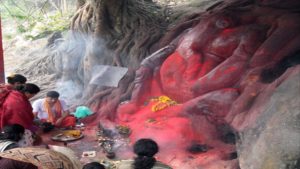
But ironically, as with other temples, women on their periods are not allowed to enter at this time. A question arises. Why are women not allowed? Why one menstrual cycle is celebrated and why is the other punished?
If we go back to the reason given by the holy men ages ago, we come across something very surprising. The reason why women are not allowed to pray while menstruating is because she embodies the Goddess herself. Her prayer is so powerful; she drowns the prayers of everyone else. The energy of the Murti of the Goddess becomes lifeless while transfers to the bleeding woman.
Yet a completely opposite picture exists, with women treated harshly for a natural biological phenomenon. A paradox of sorts, we are left now with a decision. Whether we break out from myths which change according to convenience and suppress women or do we celebrate the natural event which is undisputable proof of the life-giving force of women.
Highlights
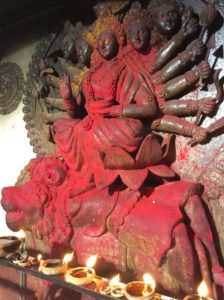
The Kamakhya Temple is formed where Sati’s Vulva and womb fell on the ground.
Ambubachi Mela, a grand celebration of her menstrual cycle is performed every year.
Shiva went on a destructive Tandav holding Sati’s body, threatening to demolish the world. Lord Vishnu, in order to calm him, cut off Sati’s body parts with his Chakra. 108 body parts fell in different places and are known as Shakti Peeths.




